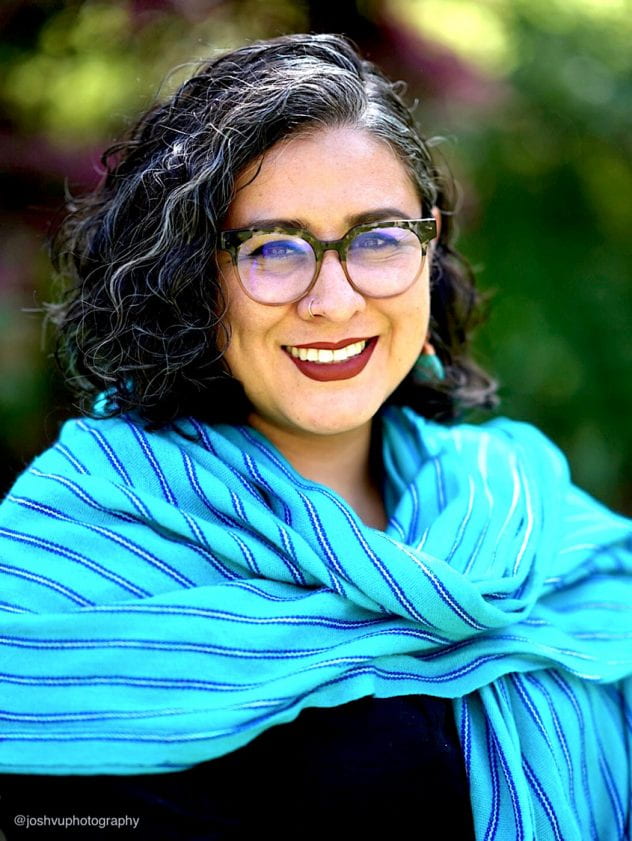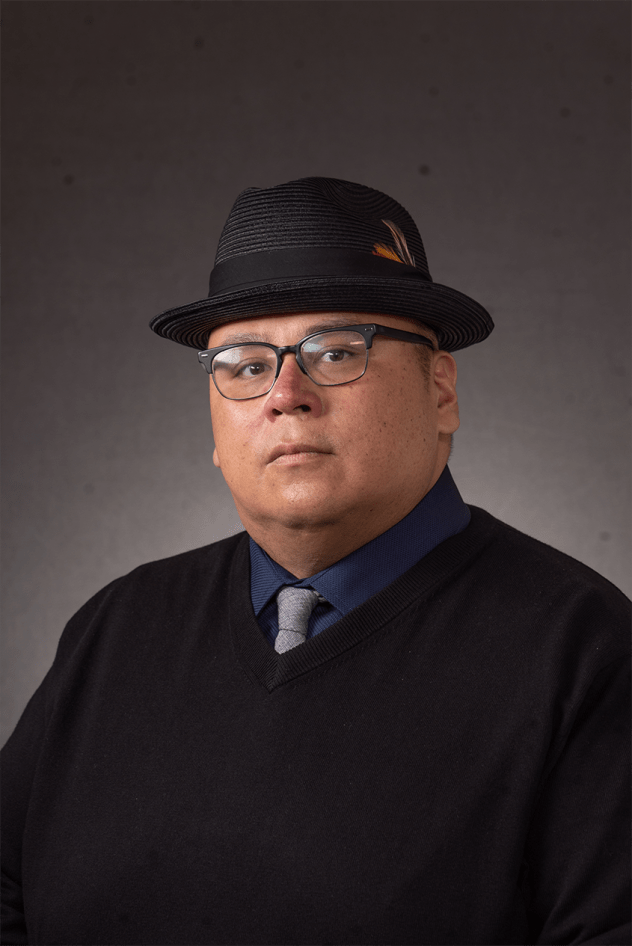*Editor’s note (9/15/23): As we celebrate National Hispanic Heritage Month, the SJSU NewsCenter is resharing this Q&A from 2021 about the significance of the month.
Each year, the United States recognizes National Hispanic Heritage Month from Sept. 15 to Oct. 15. Originally, it was Hispanic Heritage Week, an observance started by President Lyndon Johnson in 1968; then in 1988, President Ronald Reagan expanded it to a month-long celebration. But, what does it mean to celebrate Hispanic Heritage Month today? Two of San José State University’s newest faculty, Assistant Professors Christine Vega and Johnny Ramirez, offered us their perspective on the month, why it’s important and how they became interested in teaching Chicana and Chicano Studies. Vega described Ramirez as her “academic sibling,” because they have traveled many of the same pathways in higher education. Both hail from southern California, both were introduced to Chicana and Chicano Studies through the California community college system, and both earned their PhDs in education from UCLA and served as postdoctoral scholars at the University’s Interdisciplinary Research Institute for the Study of (in)Equality (IRISE). But their expertise and experience vary. Ramirez’s community-engaged research and critical pedagogical approaches have explored the punitive discipline practices that lead to Chicanx-Latinx school pushout (students dropping out), youth resistance, positive youth development and transformational resistance frameworks within critical race theory in education. Vega identifies as a community-based, Motherscholar-activist who merges academia, activism and spirituality in her pedagogy and research. She focuses on Motherscholar activism — the implicit and explicit work of mothers, especially Chicana, Chicanx, Latina, Latinx and Indigenous mothers enrolled in doctoral programs in the American Southwest. Here’s what they shared about this timely topic.
Why is it important for people to acknowledge Hispanic Heritage Month?
Christine Vega (CV): This is a celebration that should be honored year-round. A main part of being faculty in Chicana and Chicano and Chicanx studies is talking about the history and context of our luchas [struggles]. This goes for all folks who identify as BIPOC [Black, Indigenous People of Color]; they should be honored year-round. Johnny Ramirez (JR): I agree. This is also an acknowledgement that, even in 2021, there is this traditional narrative about the American experience and oftentimes BIPOC folks are not included. For folks who identify as Hispanic, Latinx, and/or Chicanx are part of a broader diaspora. There are a lot of different racial and ethnic identities and experiences within that. There isn’t just one homogenous so-called ‘Hispanic’ group, but when we think in the U.S. context, that is the traditional narrative. For me, this month is an opportunity to reaffirm that we need to acknowledge Chicanx-Latinx communities year-round, but in this particular time, we organize some resources to push our visibility. Positive representation matters in society. It is the first step in creating a cultural shift in which racialized groups are able to be seen, heard and valued. Oftentimes, Chicanx-Latinx communities are only mentioned and acknowledged when public discourse is focused on racist, nativist rhetoric or stereotypical media forms. It becomes imperative for Chicanx-Latinx communities to share the beauty and richness of their cultural memories, stories and epistemological perspectives within society.
Who or what inspired you to study Chicana and Chicano studies?
CV: In terms of my experiences as a student in K-12 education in the San Fernando Valley in Los Angeles, I didn’t realize that schools were tracking me in a certain direction, one that was not college-bound. It wasn’t until summer school my senior year, when I was around students who were AP and honors, that I began asking what is college, and how come I didn’t know about it earlier? What really lit a fire in me to pursue higher education is UCLA’s Center for Community College Partnerships. They came to my high school to invite students to apply for a free summer program and assist high school students pursuing community college learn how to transfer to a four-year university, and they provided the language in terms of injustice in Communities of Color. The program really changed my life. I told myself, UCLA is where I’m going to go, and I went there twice. A lot of my consciousness-building happened at Tia Chucha’s Centro Cultural, a cultural center founded by LA poet laureate Luis J. Rodriguez, Trini Rodriguez and Enrique Sanchez, as well as my community college courses, which centralized intersectionality and named the inequalities experienced by BIPOC and Students of Color in marginalized communities.
JR: Part of my story is being a youth that got pushed out of school in the ninth grade. I grew up in poverty with a single mom, and it was my exposure to a student activist group called Movimiento Estudiantil Chicana/o de Aztlán (MEChA) and Chicano Studies that gave me the building blocks to construct a positive self identity. I couldn’t find the language to name the injustices I saw and experienced in my life and community, but Chicana and Chicano Studies classes and activism provided me a lens to understand the struggles and resiliency of my ancestors, my parents, as well as, within my own life. I was about 17 years old when I got introduced to a group of Chicanx college students who were activists. They planted the seed, and when I got to community college, I took my first Chicano studies class. It was then that I realized I wanted to be a Chicano studies professor, and now my route is coming full circle. As a community college student, I experienced transformative change in higher education due to the field of Chicana and Chicano Studies, and I wanted to help cultivate that for diverse student populations similar to my own. What’s beautiful about our field is in the early foundations of Chicanx Studies, there was always this acknowledgement of community empowerment and involvement. Our community, especially our youth, were framed as “holders and creators of knowledge.” So our academic space is, by design, a collaborative bridge between the university and community spaces. We can build together and have positive representations, so our youth can pursue higher education as well.
What attracted you to San José State?
JR: I come from a working class community — my mom is a payable clerk at the school district, and my stepdad is a retired warehouse worker. What’s so beautiful at San José State is there is a large population of working-class first-generation students of color, who are trying to get a college degree to uplift their family and community. Also, I really appreciated that at San José State, there’s a legacy, from the farmworker’s movement to the labor movement, to some of the foundational historians and intellectuals like Dr. Ernesto Galarza. There’s a lot of that cultural memory here. I’m getting more familiar with it, and it is an honor to be here. CV: It’s always been my dream to be a professor in a Chicana and Chicano studies and ethnic studies department that also honors my educational training. SJSU honors all my intersectional, interdisciplinary training as well as the work that I do with other scholars. As a student, I wanted to see Chicanas and Chicanos be my professor, and it took me a while to actually see that. The goal for me in becoming a professor was to help others see themselves reflected in me. I am that mirror. That’s the power of representation, and that goes beyond one month. This is our role — to be that representation for many years to come.
Learn more about 2023 Hispanic Heritage Month activities at SJSU.


